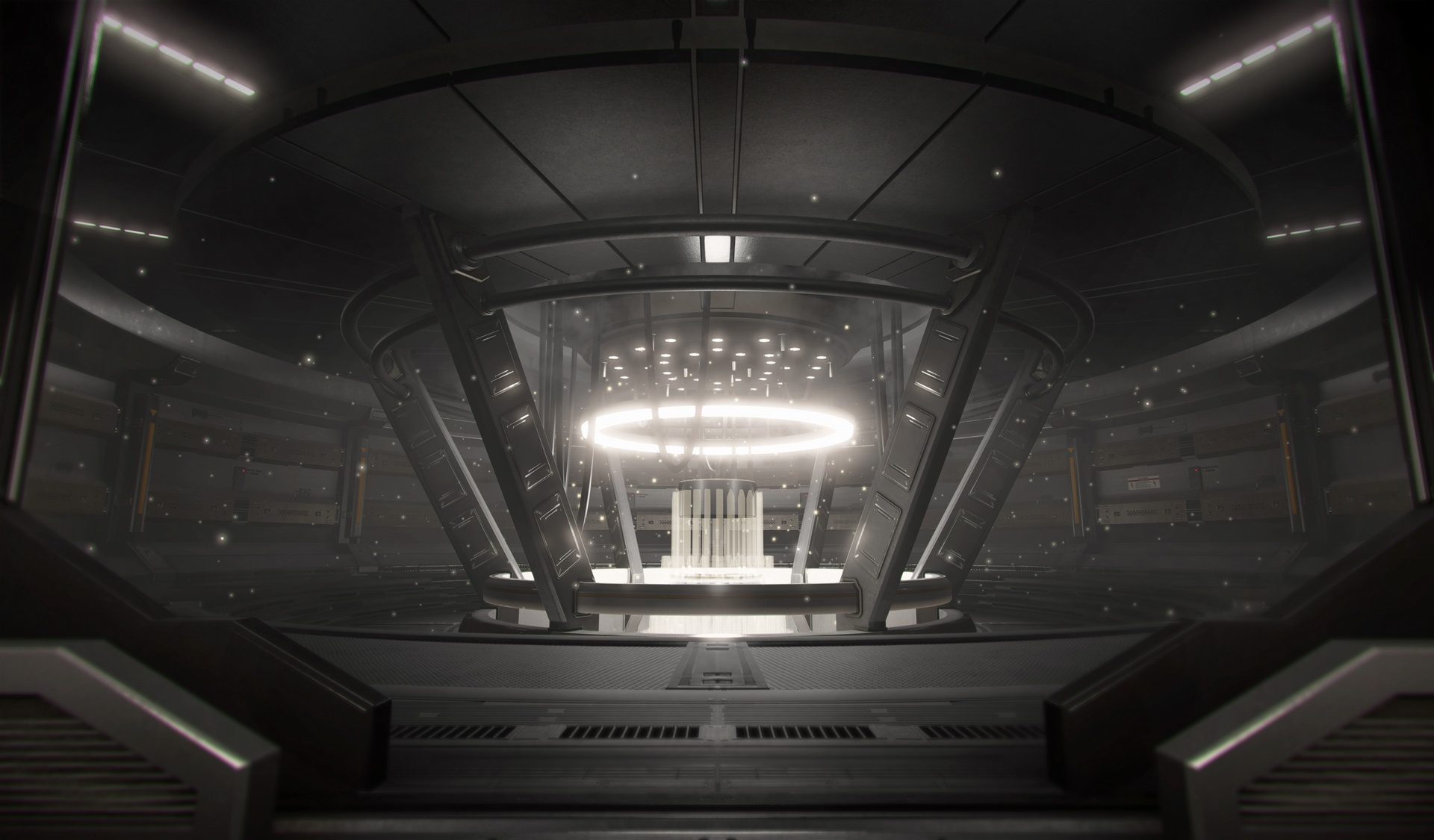
It's a very annoying bug and the only fix I can see right now is to delay the second RPC by a frame so that they truly come in order again. It seems like if you have an RPC call that calls another RPC and they're performed on the same frame, the receiving clients will get messages out of order. Surely enough, the clients all receive the RPCs in *reverse* order (Z to A) without fail. in the same fashion as the example above. In fact, for experiments sake, I went ahead and created an RPC line from A-Z, where RPC "A" calls RPC "B" calls RPC "C". What's odd to me is that they're being called on the same frame in a specific order but being received in exactly the opposite order. You are definitely right in that the Server's executing both Ping and Pong locally without sending a network request. I can get this issue on NetworkViews that are totally not syncing any state at all. I checked out the answers link you posted - I don't think this has anything to do with the NetworkView's synchronization state. This could lead to changes in the animation cinema production methods by the studios that, until now, have used traditional pre-rendering methods.Thanks for replying! You are a very brave soul indeed =) Recently, game engines such as Unity and Unreal Engine started to be used – mostly by the companies that created the engine, as a proof of concept – for rendering 3D animated films. The incorporation of PBR in game engines allowed for high graphic quality generated results in real time, gradually closing the visual quality gap between videogames and animated cinema. Physically Based Rendering (PBR) technology is one of the methods incorporated by some rendering engines for the generation of physically accurate results, using calculations that follow the laws of physics as it happens in the real world and creating more realistic images which require less effort, not only from the artist but also from the equipment. Due to that optimization necessity, videogames always had a lower graphic quality than that of animated films, where each frame is rendered separately and takes as long as necessary to obtain the required result. That optimization is created by using techniques, practices and tools that are not commonly used by animation cinema professionals. To be able to generate a large number of frames per second, there must be an optimization of the entire scene, in order to reduce the number of necessary calculations. To allow for fast calculations in real time, 3D game developers use game engines that incorporate real time rendering methods which can generate images much faster than the pre-rendering engines mentioned above.

In those cases, it is necessary that the engine waits for the player’s input before it calculates the following frames.

Videogames, on the other hand, are reactive applications where the player may have different possible courses of action that will generate distinct results. 3D animation films have traditionally been rendered using pre-rendering engines, a time consuming and expensive process that usually requires the use of multiple computers rendering at the same time (render farms), renders which may need to be repeated if the results are not ideal. To generate the final result, there must be a conversion (rendering) of the three-dimensional models to two-dimensional images (frames) that will later be joined together and edited into a video format. In 3D animation cinema, the elements of a scene are created by artists using computer software.


 0 kommentar(er)
0 kommentar(er)
